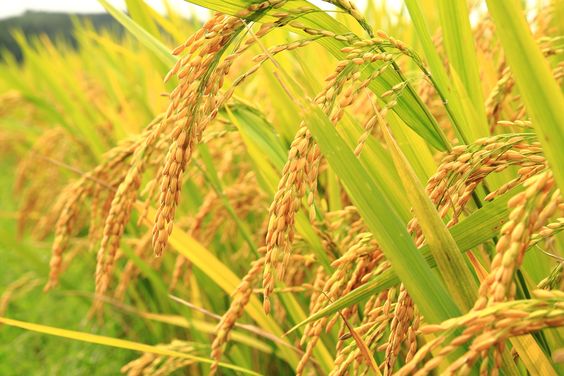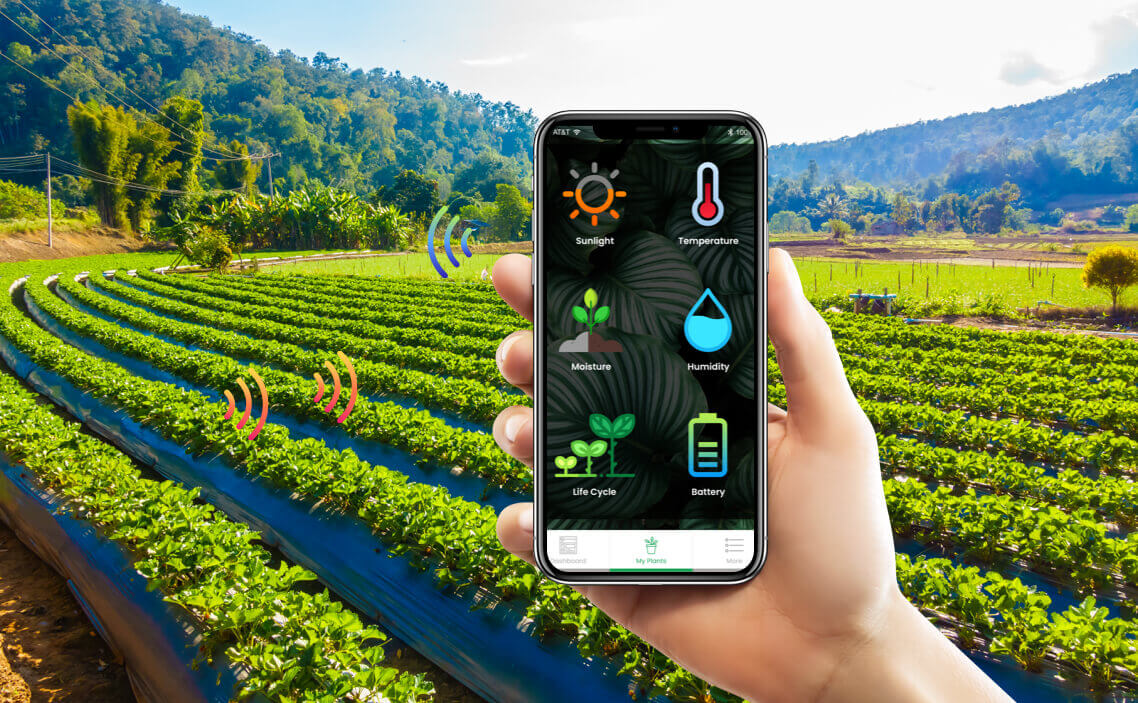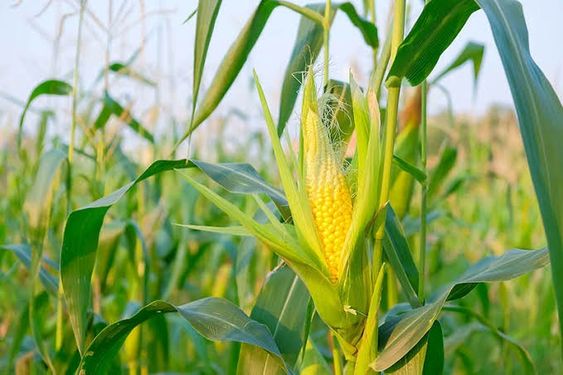Agricultural Crop Rotation: A Sustainable Practice for Smart Agriculture
Agricultural Crop Rotation is a fundamental agricultural practice that involves planting different crops in the same field in a sequential manner. This age-old technique offers a multitude of benefits for farmers, contributing significantly to the overall success of their operations. In the era of smart agriculture, where technology and sustainability are at the forefront, crop rotation remains a cornerstone practice, seamlessly integrating with modern advancements.
At its core, Agricultural Crop Rotation disrupts the life cycle of pests, diseases, and weeds that typically target specific crops. By planting a different crop in the subsequent season, these harmful organisms are deprived of their preferred host, leading to a decline in their population. This natural approach reduces the reliance on chemical pesticides and herbicides, promoting a more sustainable agricultural system.
Contents
Benefits of Crop Rotation in Smart Agriculture
Agricultural Crop Rotation offers a plethora of advantages for farmers in the context of smart agriculture. Let’s delve into some of the key benefits:
-
Enhanced Soil Health: Different crops have varying nutrient requirements and root structures. Crop rotation allows for diversification in these aspects, preventing soil depletion of specific nutrients. Leguminous crops, for example, fix nitrogen from the air, enriching the soil for subsequent crops. Additionally, the varied root structures of different crops help improve soil aeration and drainage, fostering a healthy and productive environment for plant growth.
-
Reduced Pest and Disease Pressure: As mentioned earlier, crop rotation disrupts the life cycle of pests and diseases specific to certain crops. By introducing a non-host crop in the rotation, these harmful organisms struggle to establish themselves, leading to a natural reduction in their populations. This translates to lower reliance on chemical controls, promoting a more environmentally friendly approach to pest and disease management.
-
Improved Weed Control: Weeds thrive in environments where the same crop is grown repeatedly. Crop rotation disrupts weed life cycles and seed banks in the soil. Different crops compete with weeds for resources in unique ways, leading to a natural suppression of weed growth. This reduces the need for herbicides, lowering production costs and minimizing environmental impact.
-
Enhanced Water Use Efficiency: Different crops have varying water requirements. Crop rotation allows for strategic planning to optimize water use. Crops with lower water needs can be planted during drier periods, while those with higher requirements can be grown during seasons with more rainfall. This approach promotes efficient water management, a crucial aspect in a world facing increasing water scarcity.
-
Improved Crop Yields: By promoting soil health, reducing pest and disease pressure, and optimizing water use, crop rotation ultimately leads to improved crop yields. Healthy soil provides essential nutrients for plant growth, while a reduced pest and disease burden minimizes crop damage. Efficient water management ensures that plants have access to the moisture they need to thrive. These factors combined contribute to higher yields and increased profitability for farmers.
Integration with Smart Agriculture Technologies
Agricultural Crop Rotation practices can be further enhanced by leveraging the power of smart agriculture technologies. Here’s how:
-
Precision Agriculture Techniques: Data collected through sensors and other precision agriculture tools can provide valuable insights into soil health, nutrient levels, and pest pressure. This information can be used to inform crop rotation decisions, ensuring the selection of the most suitable crops for specific field conditions.
-
Advanced Weather Monitoring: Real-time weather data can be integrated with crop rotation planning. Farmers can strategically choose crops based on predicted weather patterns, optimizing water use and minimizing risks associated with extreme weather events.
-
Crop Modeling Software: Crop modeling software can be utilized to simulate the potential outcomes of different crop rotation scenarios. This allows farmers to make informed decisions about their rotation plans, maximizing potential yields and profitability.
Conclusion: Agricultural Crop Rotation
Agricultural Crop Rotation is a cornerstone practice in smart agriculture, offering a multitude of benefits for farmers. By promoting soil health, reducing pest and disease pressure, improving weed control, optimizing water use, and ultimately enhancing crop yields, crop rotation contributes significantly to sustainable and profitable agricultural operations.Agricultural Crop Rotation, As technology continues to evolve in the realm of smart agriculture, crop rotation practices will further benefit from integration with advanced tools and data analysis, ensuring a future of efficient, sustainable, and productive agriculture.




